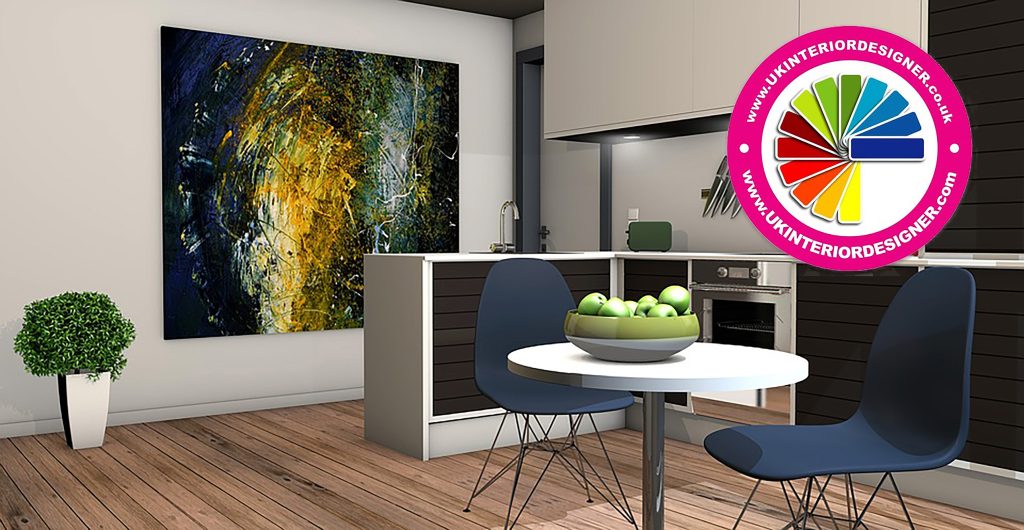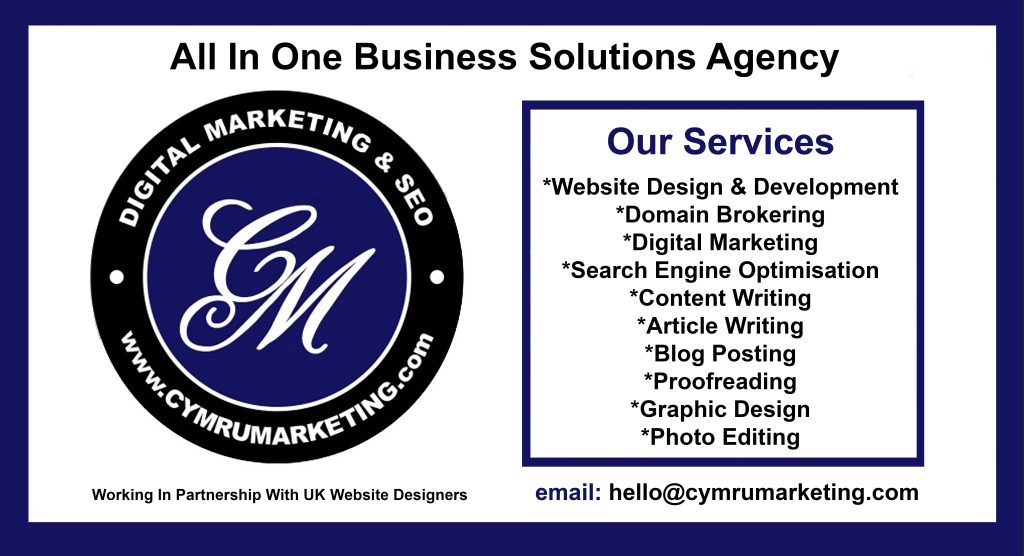
UK Interior Designer(s) Marketing
What do Interior Designers do?
Interior designers are professionals who specialize in creating functional and aesthetically pleasing living and workspaces. They are responsible for enhancing the visual appeal of indoor environments, creating a sense of comfort, and improving functionality.
Interior designers work with clients to understand their specific needs and desires and then create designs that fulfill those requirements. Interior designers work on a wide range of projects, including residential and commercial spaces, hotels, restaurants, and other public spaces. They also work with different types of materials, colors, and textures to create unique designs that suit their clients’ tastes and preferences.
One of the most important roles of interior designers is to evaluate the space that they will be working with. This includes assessing the size and shape of the room, the existing design elements, and any potential challenges. Interior designers must also be familiar with building codes, safety regulations, and other legal requirements that must be met.
Once the initial evaluation is complete, interior designers will create a design concept that includes a floor plan, color scheme, and a list of materials and finishes. They will present this concept to their clients and collaborate with them to make any necessary adjustments or changes. Once the final design has been approved, interior designers will work with contractors, architects, and other professionals to oversee the installation process. They will ensure that the project is completed on time, within budget, and to the highest standards of quality. In addition to their design work, interior designers must also keep up-to-date with the latest trends and technologies in their field.
They attend conferences, seminars, and other professional development opportunities to expand their knowledge and skills. In summary, interior designers are responsible for creating functional, aesthetically pleasing living and workspaces that meet their clients’ needs and preferences.
Interior Designers evaluate spaces, create design concepts, collaborate with clients, oversee installation, and stay up-to-date with the latest trends and technologies in their field. If you are planning to renovate or redesign your living or workspaces, consider hiring an interior designer to help you achieve the perfect look and feel.
How do Interior Designers Market their Business?
Interior design is a highly competitive industry, and to stand out in this crowded space, interior designers need to market their business effectively. While word-of-mouth recommendations are valuable, they are not enough to sustain a business in the long run. In this article, we will explore some strategies that interior designers can use to market their business and attract new clients.
- Establish a strong online presence
In today’s digital age, having a strong online presence is crucial for any business, including interior design. A website is the first step in establishing an online presence. It should be well-designed, visually appealing, and easy to navigate. It should also showcase the designer’s work and highlight their unique style and approach.
Social media platforms like Instagram, Pinterest, and Facebook can also be powerful tools for interior designers. They allow designers to showcase their work, connect with potential clients, and build a community around their brand. By sharing high-quality images of their work and engaging with followers, interior designers can increase their visibility and attract new clients.
- Network with industry professionals
Networking with other industry professionals, such as architects, contractors, and real estate agents, can also be an effective marketing strategy for interior designers. Building relationships with these professionals can lead to referrals and collaborations that can benefit both parties. Attending industry events and conferences is a great way to meet and connect with other professionals in the field.
- Offer a free consultation or design service
Offering a free consultation or design service can be a powerful marketing tool for interior designers. It allows potential clients to get a taste of the designer’s style and approach without committing to a full project. This can help build trust and establish a relationship with potential clients, which can lead to future business.
- Build a portfolio of work
A portfolio is an essential tool for interior designers to showcase their work and demonstrate their expertise. It should include high-quality images of completed projects, as well as descriptions of the designer’s role in each project. A well-curated portfolio can help attract new clients and demonstrate the designer’s style and approach.
- Ask for referrals
Word-of-mouth recommendations are still one of the most powerful marketing tools for any business, including interior design. Asking satisfied clients for referrals can be an effective way to attract new business. A simple email or phone call asking for a referral can go a long way in generating new leads.
Marketing is essential for interior designers to attract new clients and grow their businesses. Establishing a strong online presence, networking with industry professionals, offering a free consultation or design service, building a portfolio of work, and asking for referrals are all effective strategies that interior designers can use to market their businesses. By using these strategies, interior designers can stand out in a crowded industry and build a thriving business.
Can Interior Designers Benefit From Blogging?
Interior designers are often considered creative individuals who have a passion for creating beautiful and functional spaces. They use their skills and knowledge to transform a room into an oasis of comfort and style. However, with the rise of digital marketing, interior designers have to keep up with the times to ensure that they can reach out to more clients. One way that they can do this is through blogging.
Blogging is an excellent platform for interior designers to showcase their skills, share their insights, and reach out to potential clients. By creating informative and visually appealing blog posts, designers can increase their visibility, build their brand, and establish themselves as experts in their field.
Here are some ways that interior designers can benefit from blogging:
- Increased Visibility
Blogging can increase the visibility of an interior designer. When people search for interior design services, they are likely to come across a designer’s blog. By consistently creating quality content, designers can attract more traffic to their website, which can lead to more leads and ultimately more business.
- Establishes Authority
Blogging is an excellent way for interior designers to establish themselves as experts in their field. By sharing their insights, tips, and tricks on interior design, designers can demonstrate their knowledge and expertise. This can help to build trust with potential clients, which can lead to more business.
- Showcases Creativity
Blogging allows interior designers to showcase their creativity. By sharing their portfolio, designers can give potential clients a glimpse into their style and design aesthetic. This can help clients to decide whether the designer is the right fit for their project.
- Builds a Community
Blogging can help interior designers to build a community. By engaging with their readers through comments, social media, and email, designers can build a loyal following. This community can provide valuable feedback, which can help designers to improve their services and grow their businesses.
- Provides a Platform for Marketing
Blogging provides interior designers with a platform for marketing. By sharing their blog posts on social media and other online platforms, designers can reach out to a wider audience. This can help to increase their visibility and generate more leads.
Interior designers can benefit greatly from blogging. By consistently creating quality content, designers can increase their visibility, establish themselves as experts in their field, showcase their creativity, build a community, and provide a platform for marketing. If you are an interior designer looking to grow your business, blogging is an excellent place to start.
Would Interior Designers Benefit from Having an Exact Match Searchable Keyword Domain Name?
Interior design is a field that has seen tremendous growth in recent years, with people increasingly becoming aware of the importance of designing spaces that are functional, aesthetically pleasing, and reflective of their personal style. For interior designers, having a strong online presence is essential to attract clients and showcase their work. One way to do this is by having an exact match searchable keyword domain name, such as www.UKInteriorDesigner.co.uk.
An exact match domain name (EMD) is a domain name that exactly matches the keyword or phrase that a user is searching for. In this case, the keyword is “UK interior designer.” By having this keyword in the domain name, the website is more likely to rank higher in search engine results when someone searches for a UK interior designer.
There are several benefits to having an EMD for an interior designer. First and foremost, it can help increase visibility and traffic to the website. When people search for UK interior designers, they are more likely to click on a website with a domain name that matches their search query. This can lead to more website visits, which can ultimately result in more clients and business.
In addition, having an EMD can also help establish credibility and authority in the field of interior design. By having a domain name that clearly states the services offered and the geographic location, potential clients are more likely to trust the website and the designer behind it. This can be especially important for interior designers who are just starting out and need to build their reputation.
Another benefit of having an EMD is that it can make it easier for people to remember the website. When someone is searching for a UK interior designer, they may come across several websites with similar names. Having a domain name that clearly states the services offered and the location can help differentiate the website from others and make it more memorable.
Of course, there are also potential drawbacks to having an EMD. One of the main concerns an EMD may limit the scope of services offered by the interior designer. For example, if a designer decides to expand their services beyond the UK, the domain name may no longer be relevant or accurate having a ccTLD, thus it is always beneficial to have a dot com, which is recognized worldwide as an international business.
Conclusion
Having an exact match searchable keyword domain name can be beneficial for interior designers, particularly those who are just starting out or looking to increase their online visibility. However, it is important to weigh the potential benefits against the potential drawbacks and ensure that the domain name accurately reflects the services offered and the geographic location. Ultimately, the key to success in interior design, as in any field, is to provide high-quality services and build a strong reputation, whether or not an EMD is used.
ADVERTISEMENT
If you found this article useful and need CONTENT WRITING, SEO, and MARKETING for your business, just drop us a line using the button below!
We also forget to mention we also have www.ukinteriordesigner.co.uk and www.ukinteriordesigner.com for sale, which is forwarded to this page and our brokering site.
UK INTERIOR DESIGNER – Domains For Sale! | UK DOMAIN BROKERS, WEBSITE DEVELOPMENT & MARKETING (ukwebsitedesigners.co.uk)

#ukinteriordesigner #ukinteriordesigners #interiordesigner #interiordesigners

Cymru Marketing Journal (CMJUK) Offers Digital Marketing, Content Writing, Website Creation, SEO, and Domain Brokering.
An open platform that invites contributors and domain sellers serves as a dynamic marketplace where a diverse range of talents and offerings can converge. This platform acts as a collaborative space where individuals or businesses can share their expertise, creativity, and products with a broader audience.











